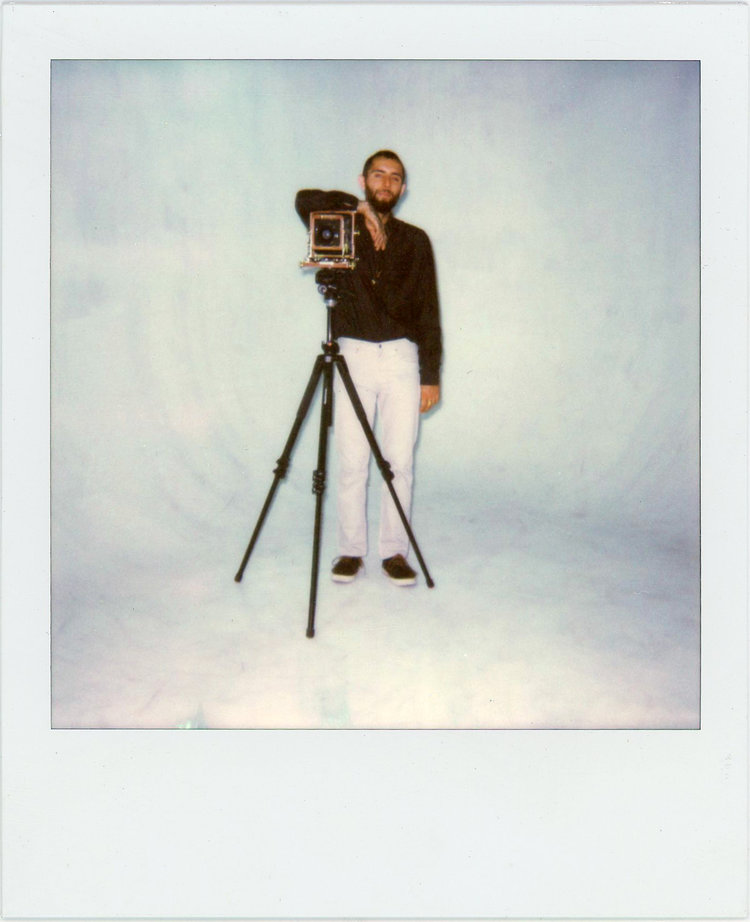When Edwin Land developed instant film in 1947, with the first mass produced instant camera—The Polaroid Model 95 following in 1948—the era of instant nostalgia was born. As instant photography inundated the market and our social apparatus, the technology was soon assumed by the artistic vanguard of the Post-War Pop Art movement as a locus of instantaneous creation. Andy Warhol, scion of Pop, famously stated "In the future, everyone will be world-famous for 15 seconds." Warhol's own work with instant photography would set the stage for what has come since—an explosion of media and mediums that champion the momentary and ephemeral, creating a continuous appetite for the rampant consumption of "now." His words were prescient, sibylline to the change that the polaroid—the brand and the technology—would have on fame, recognition and recall, and on our visual society as a whole.
With its distinctive white plasticine border, polaroids are a colloquial reminder of an unconscious craving we all unknowingly share: the desire for that elusive high: instant nostalgia. Polaroid is, by design, a technology of nostalgia and capture—a technology that most photographers may never use, simply because there is a camera in every smartphone. But everyone knows what a polaroid is, regardless of its actual technological artifice—the word itself is now deeply embedded in our ways of describing instant photography and visual culture. Even now, while new producers like Impossible are reviving instant film technology in earnest, and as analog photographers are investing in this new, brand-driven products more and more, the simulation of instant photography is a primary mode in which we see commerce enacted through an artistic medium.
And it is on these platforms: Instagram, Snapchat and Facebook Live—all of which have rapidly matured into sites of influence and commerce where brands and creators freely and willingly coexist—that Pop Art's fusion of capitalism and creativity has found its ultimate realization. From this context, the of this tension of "Equipoise" is located at the center of that white plasticine bordered polaroid universe—at the very intersection of art and commerce. By addressing the polaroid phenomena with its own historical image and uses, artists Justin Aversano, Phil V, Noelle Duquette, Gyasi Kirtley dive deep into the contradictions, the revelations, and the idiosyncratic way in which the look and feel of instant photography forever altered, and continuously shapes, our collective way of seeing and experiencing the visual world around us.








